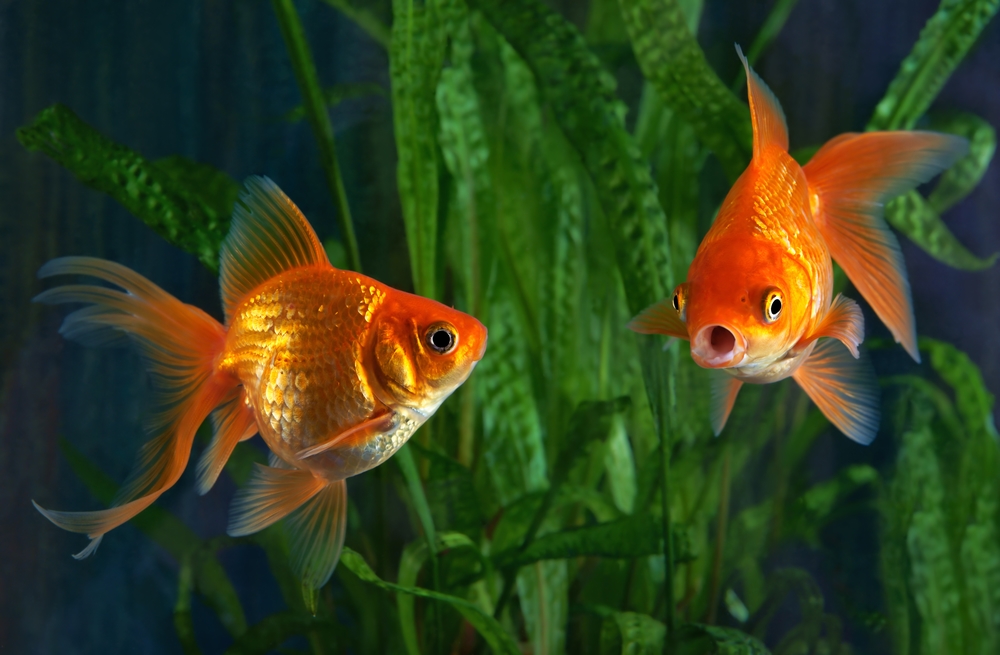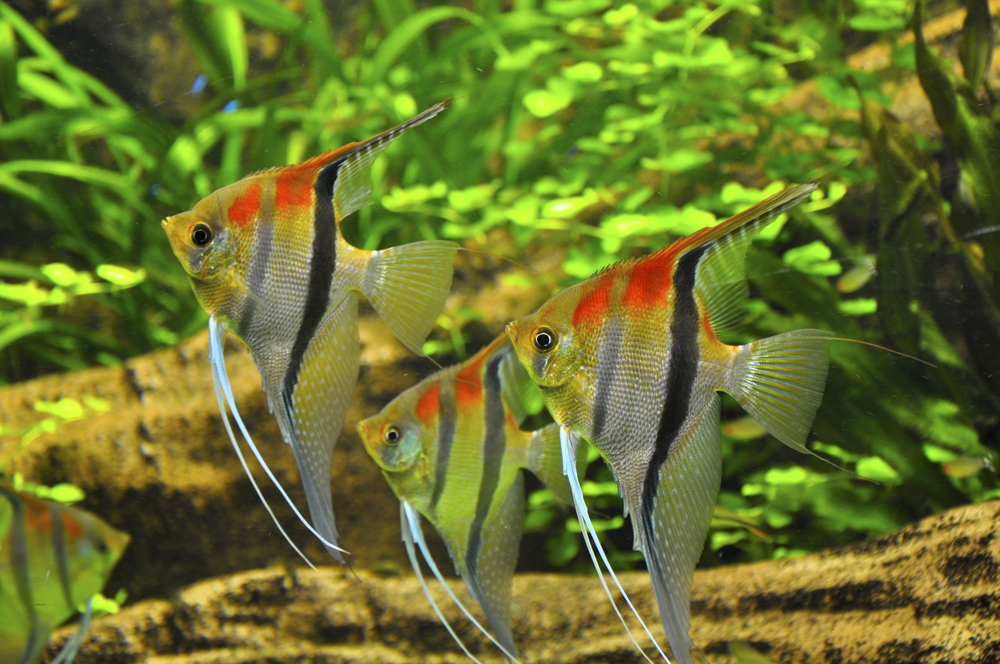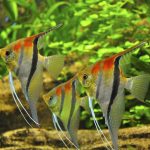Koi fish or Nishikigoi are descendants of the carps (Cyprinus Carpio). Koi breeding is believed to have originated in Japan in the 18th century. In the Japanese language, the word “koi” simply means, “carp”, and they symbolise love and friendship in Japan.
Koi vary in colour. Some are black, white, yellow, blue, red, and cream. With limitless possible variations, breeders have named a few specific species. The most common species, Gosanke Koi, is an omnivorous fish; aside from prepared fish food, they feed on larvae, insects, worms, algae, and plants. It is best when Koi are fed several meals each day at regular intervals. Koi are temperature sensitive; their eating habit depends on the temperature. If the temperature is below 60° F, few feedings per week are needed and if the temperature is below 50° F, it requires one or two feedings per week.
When picking the best Koi, one thing to consider is its shape: long skinny Koi is better than the bulky shaped ones, and the scales should be in a uniform pattern. Also check for signs of injuries. Koi can be raised in outdoor ponds or large water aquariums. Since koi are cold water fish, their water temperature should be kept in the 59°-77°F temperature range. Ponds should be pH balanced, sufficiently oxygenated, and should include filtration and pump systems to keep the water clean. Koi can be kept with other species of koi or other fish.
Fantastically coloured Koi are raised for display. Some consider Koi for their ability to help people relax and for their beauty. Koi are not only great for ponds; they are also bred for commercial enterprise and to compete in different Koi shows throughout the world.













